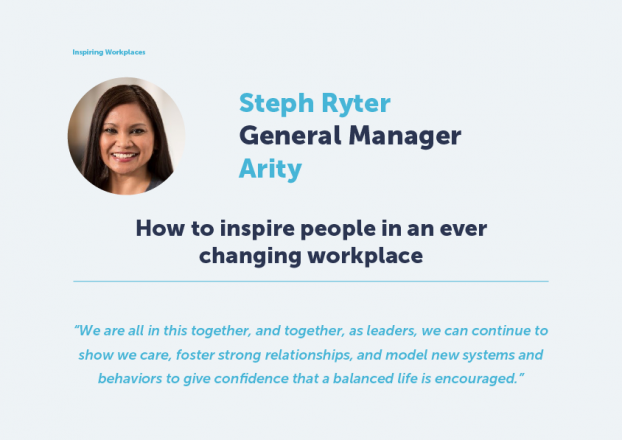If there was something that 81% of people spent time at work doing, yet 84% of people also agree that it’s not working — wouldn’t that be a strong incentive to make critical changes? According to Asana’s 2024 State of Workplace Innovation report and data shared in Asana keynote speeches, that exact scenario is playing out in businesses worldwide. What is this broken activity? Collaboration. In fact, 90% of workers rely on informal networks, friends, and unspoken understandings to get things done. Despite the strong connection between collaboration and business results — the report finds that people in highly connected workplaces are 90% more likely to understand how their work adds value and helps achieve company objectives — businesses struggle to know where to start to improve collaboration. This struggle is because collaboration is largely invisible. It’s hard to fix something you can’t see.
“Collaboration feels invisible because it happens in so many different places, physically and virtually, where it’s very hard to end a day knowing exactly how much you’ve collaborated with different teams and with different customers,” says Dr. Rebecca Hinds, Head of Asana’s Work Innovation Lab. “It’s often hard to understand what a collaboration is. Therefore, I think it’s the combination of it happening in a lot of different areas and the fact that, unlike most other aspects of work, there’s no natural way to track and understand it in the aggregate. So we’re left with an unclear understanding of just how much we collaborate.”
As teams scale and hybrid working models continue to prevail, gaining visibility over who is doing what and with whom becomes even harder — which is why investing more in technology and research that maps workplace interactions becomes key. “This analysis becomes really powerful because you can see who’s collaborating with whom,” says Hinds. “Where are their roadblocks? Where are the silos? For some companies, knowing geographic silos becomes important. For example, they realize that their regional teams are disconnected from headquarters and they want to pinpoint the problem. Sometimes it’s cross-functional; sometimes it’s leadership — but objective data from technology is the gold standard. Historically, this has been something that great companies, and particularly Fortune 100 companies, will pay for.” Hinds is referring to network analysis, which has a rich history.
In a hybrid and remote work environment, this data becomes especially powerful for improving collaboration because leaders are less able to rely on gut instincts and other biases to make determinations in the face of hard data. “They’re less likely to say that remote or hybrid doesn’t work because it’s inherently broken,” says Hinds. “And they’re more likely to say that parts of the organization are struggling to connect across functions or across distributed work environments — but now they can be more intentional about fixing the aspect of collaboration that’s broken.”
Three ways to improve collaboration
1: Build a collaboration tracker for better visibility.
“We did a fascinating experiment a couple of years ago where we essentially built what we called the ‘collaborative intelligence dashboard’ for a group of employees,” says Hinds. This tool allowed people to see the sheer volume of their collaboration activities. “People had no idea. Some people thought they would be way over or way under the average.” This visibility allowed people to make necessary changes in workflows, and exposed collaboration inequities. For example, some people were massively under-contributing, while a lot of the work fell to just a few high performers. The collaboration tracker can help distribute the workload more fairly and expose departmental silos.
2: Highlight and promote the different types of collaboration.
Collaboration isn’t just getting the job done. It’s about who you turn to for advice. It’s about who you turn to for friendship. It’s also about the quality of the interaction. For example, there could be 25 interactions between the business development manager and marketing assistant, and the manager might find them quite useful but to the assistant, the interactions are just a bunch of noise. There is a subjective nature to collaboration that should be unpacked via qualitative research, and this has a place alongside the quantitative network analysis. Using both sources of information can help you spot collaboration gaps.
To continue reading this article in full click here: 84% Of Workers Agree This One Key Workplace Interaction Is Flawed








